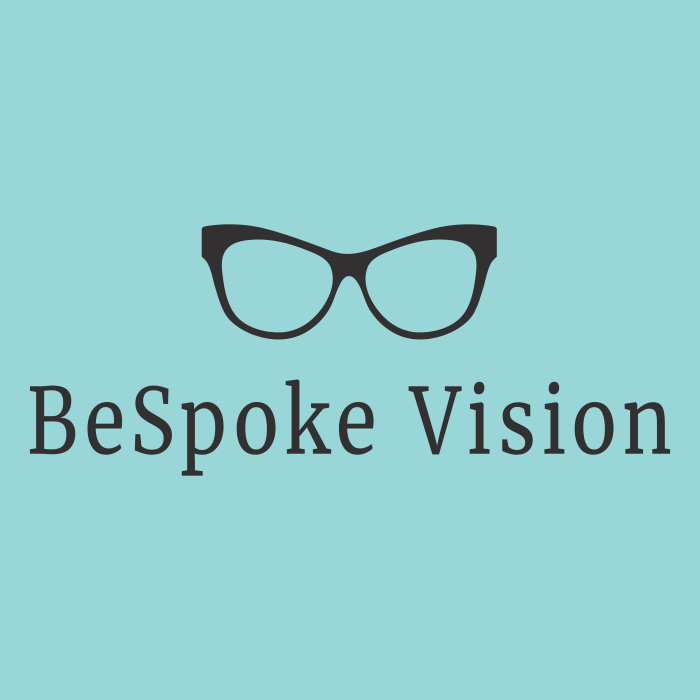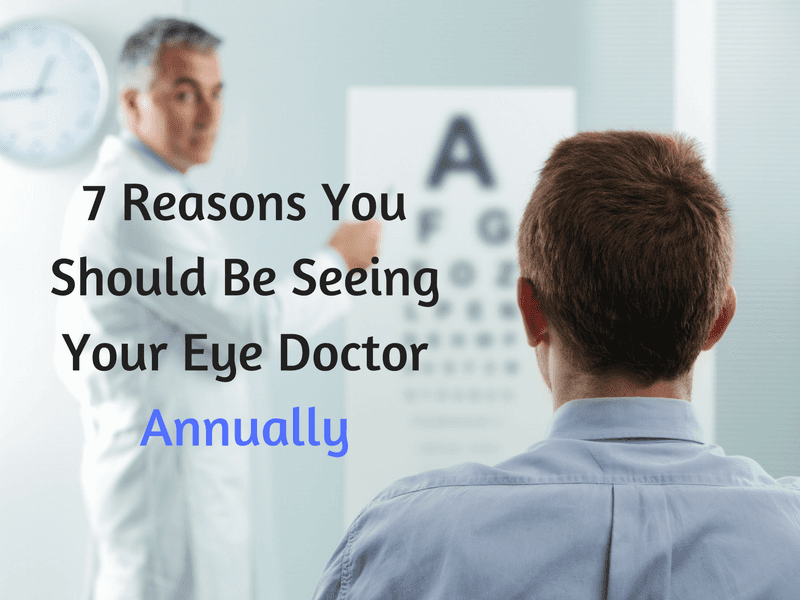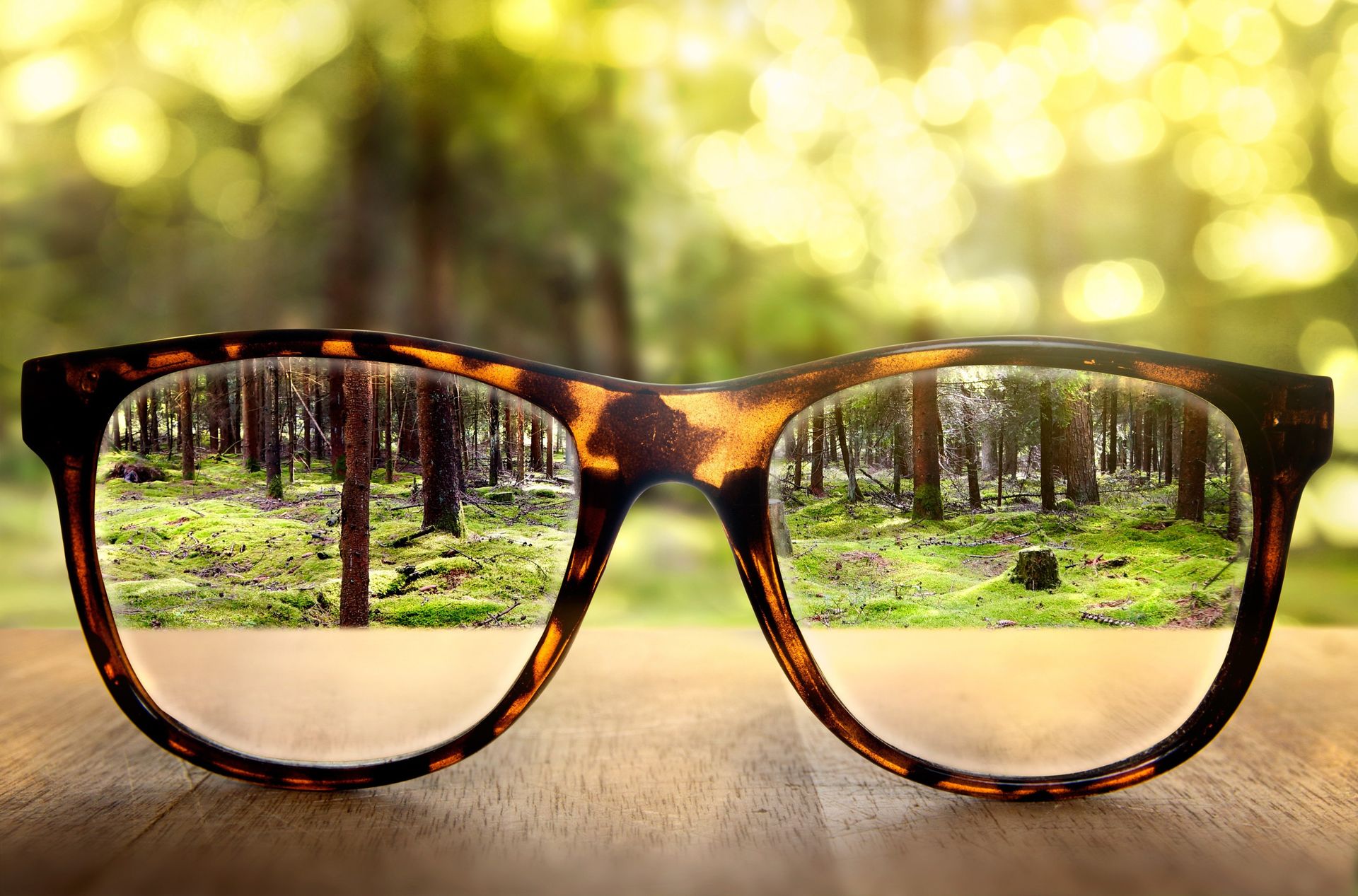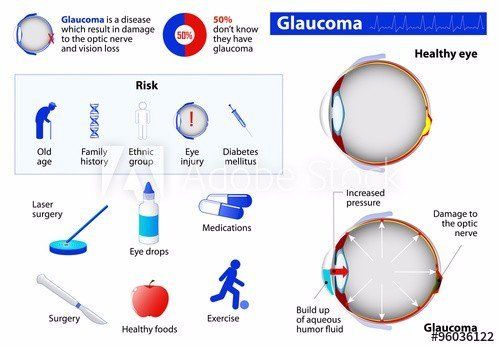Do I Really Need To See My Eye Doctor Every Year?
Most everyone is at least aware that they should be seeing their primary care doctor annually and their dentist every six months (though not everyone follows these rules). But did you know you’re also supposed to see your eye doctor every year as well? It’s true - even if you don’t currently wear glasses, or you feel like your vision is fine - clear sight doesn’t necessarily mean healthy eyes. Keep reading for seven reasons you should be visiting with your optometrist once a year.
Let’s start with the most obvious just to get it out of the way. Keeping your prescription eyewear up to date will help to avoid those annoying afternoon headaches from straining your eyes all day - especially if you work at a computer.
Safety should be considered as well, as you’ll want to make sure you are seeing your best to drive. And luckily for you, here at Precision Vision Edmond, we offer special lenses to meet your needs whether you are spending long hours on your tablet or computer, or are struggling with the glare from night driving.
2. School Performance and Congenital Eye Defects
Even children who may not complain of having any difficulty with their vision should be checked yearly. The majority of the time, kiddos aren’t sure how to explain visual struggles and won’t say anything at all. One of the main issues with this is that undetected vision problems can cause poor performance in school.
Eye health is also a concern in children, and even babies as young as 6 months old should be screened for congenital eye defects such as an undeveloped optic nerve and even congenital cataracts.
3. Eye Diseases Strike Silently
Unlike most other areas of the body which will exhibit some form of physical symptom if there is a problem, many eye diseases actually show no sign of trouble at all until vision is lost. For example, someone could have
open-angle glaucoma in one or both eyes for years and have no idea there is an issue until their side vision starts to deteriorate. Eventually it can progress to the point that all vision is lost entirely, and while there are treatments to manage the disease, once vision is lost it cannot be restored.
4. Eye Exams Can Save Lives
A thorough eye health examination doesn’t limit itself to information about your eyes. Conditions such as diabetes, high blood pressure, high cholesterol, strokes, tumors, and aneurysms can sometimes be detected from the tests performed at your optometrist. In fact, one of the machines we utilize here at BeSpoke Vision - the Optomap - saved the life of a seemingly healthy 62-year-old Georgia resident named Michael.
After reviewing his exam and the Optomap images captured, Michael’s optometrist recommended a follow up visit with a primary care physician as his results suggested he was at risk for having a stroke. Michael did in fact have a stroke three months later. Thanks to his optometrist, Michael was able to properly respond to the situation and credits his optometrist Dr. Sorah for saving his life with the heads up.
5. Monitoring Health Conditions
Seeing your optometrist every year doesn’t only help detect systemic health conditions, it is also crucial in monitoring any current health issues you may have. For example, high blood pressure can cause a condition called retinal and arterial vascular tortuosity where the arteries and veins in the back of your eye become twisted. Extreme vascular tortuosity can signal an impending stroke or ischemic attack.
Another health condition that will need close monitoring is diabetes. Diabetes - especially if uncontrolled - causes a large number of problems for your vision and eye health. This includes something called
diabetic retinopathy which leads to the small blood vessels in your retina leaking - causing blurred vision, swelling of the retinal tissue, and blindness if left untreated.
6. Contact Lens Wearers and Over Wearers
Contact lens wearers should also make it a special priority to keep up on annual visits as they are more at risk for contracting eye infections. Also, over wearers of their lenses and those who make a habit of sleeping in them can develop something called Corneal Neovascularization. This is where the ordinarily transparent and blood vessel free cornea will actually grow vessels in an attempt to provide itself with oxygen. Corneal Neovascularization that is left untreated can lead to permanent scarring of the cornea and ultimately a decrease in vision.
Of course, keeping your contact lens powers up to date is important as well to ensure you have the best vision possible!
7. Stay In Trend
Although the top reason for seeing your eye doctor every year is to keep your eyes healthy, there is absolutely nothing wrong with wanting to see AND look your best. Our optical selection at BeSpoke Vision will help you to accomplish that goal. We have all of the latest trends in designer eyewear including stylish and prescription ready Maui Jim sunglasses. But don’t worry, if you’re more of a ‘no frills’ kind of person, we have a wide range of reliable classics for you as well.
Now all you have to do is make the call! One of our team members will be happy to schedule you a convenient appointment time and assist you with any questions you might have about the process. Curious what it will be like? Check out our post on what to expect from your eye exam for more info.







